Quantum low-density parity-check (qLDPC) codes have recently attracted significant interest due to their high encoding rates and good distance properties, while still requiring only low-weight stabilizer measurements. In this introductory talk, I will present leading constructions for qLDPC codes, such as the hypergraph-product and lift-product methods, and briefly discuss how the resulting codes can be realized on actual…
Author: Ananya Amitabh
While one-way functions (OWFs) serve as the minimal assumption for computational cryptography in the classical setting, in quantum cryptography, we have even weaker cryptographic assumptions such as pseudo-random states, and EFI pairs, among others. Moreover, the minimal assumption for computational quantum cryptography remains an open question. Recently, it has been shown that pseudoentanglement is necessary…
Randomness is a regular part of our (more or less) daily lives: from drawing lottery numbers to running computer simulations and the security of cryptographic schemes, various applications rely on random numbers. But does true randomness actually exist? If so, can we create truly random numbers in our labs? Luckily, the intrinsic randomness of quantum…
This talk will be followed by an apero! Quantum computing has the potential to solve problems that are intractable for the most powerful supercomputers. However, quantum computers must overcome errors arising from decoherence and imperfect control to realize this potential. Quantum error correction provides a path to bridge the gap between physical error rates and…
Multipartite entangled states are a key resource for robust quantum communication, measurement-based quantum computing and quantum metrology. We present device capable of emitting large-scale entangled microwave photonic states with a two dimensional entanglement structure. The device consists of a pair of coupled superconducting transmon qubits which are each tuneably coupled to a common output waveguide.…
Motional modes of a trapped ion are naturally accessible harmonic oscillators.Gottesman-Kitaev-Preskill (GKP) states, also known as grid states, can encode a logical qubit in a quantum harmonic oscillator. In our experiment, we use quantum error correction (de Neeve et al., 2022) to stabilize GKP states of the motion of a trapped ion.This talk will underline…
Information-theoretic quantities, such as the mutual information, are defined to measure correlations between physical systems. In classical information theory, describing systems as random variables, these quantities are defined independently of the spacetime location of the systems. However, in quantum information theory, where systems are associated with density operators on a Hilbert space, only a definition…
Hamiltonian simulation is a domain where quantum computers have the potential to outperform their classical counterparts and is the focal point of current research at many quantum companies, to showcase the performance of their latest quantum computers. In this talk, we’ll discuss a powerful approach called “Quantum Signal Processing (QSP)”- that unifies all quantum algorithms…
